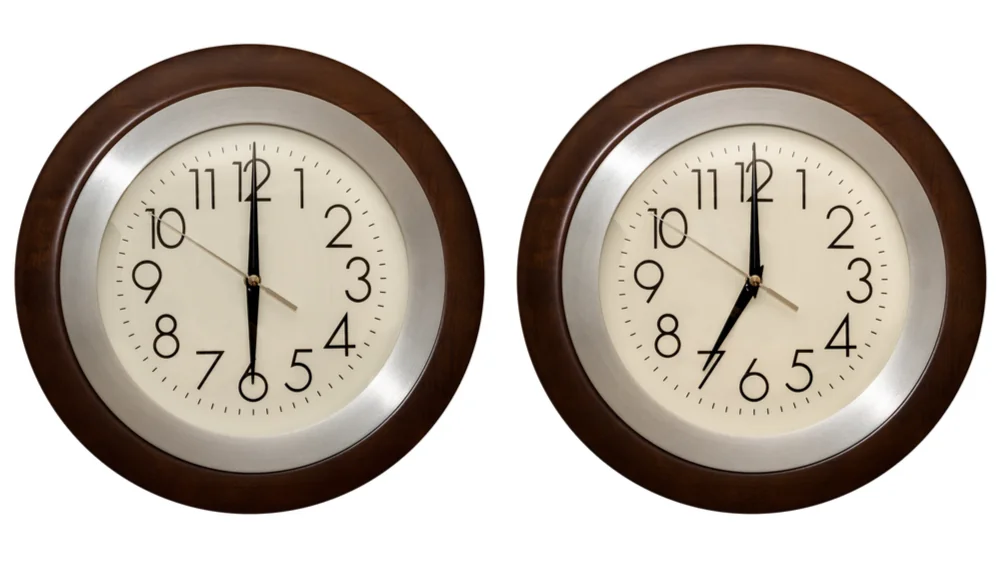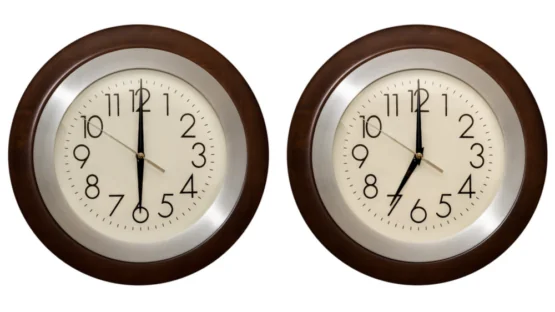A paper published in Aging goes into detail about the proteins and RNA pieces that increase and decrease with aging, suggesting a multiple-clock approach to biomarkers.
Blood proteins change with age
The researchers start out by discussing existing clocks based on such measurements as imaging [1] and epigenetic methylation [2], which is the most well-known and most widely discussed approach. However, these are not the only biomarkers associated with aging.
We have extensively reported on parabiosis and plasmapheresis, two rejuvenation approaches that change the composition of proteins circulating in blood. Blood proteins have been used as aging biomarkers in previous research [3].
However, these researchers lament the lack of comparative measurements, noting that even though it is possible to run multiple comprehensive clocks at once, this is not a well-established practice. To their knowledge, only one group has previously tried, and that cohort consisted exclusively of older people [4]. Therefore, they sought to bridge that gap using a comparison between proteins and RNA.
Well-constructed clocks in disagreement
This study’s cohort consisted of 103 people between the ages of 20 and 83, with an average age of 55. The participants were generally healthy and did not have known diseases.
Using state-of-the-art protein sequencing technology [5], the researchers identified 145 proteins that they determined to change with aging. 114 of these proteins had never been previously determined to change with age. The researchers confirmed their findings with other protein measurements, finding that they were highly reproducible. Comparing these measurements, the researchers narrowed their findings to 21 proteins with which to make a clock.
They noticed an upregulation in “complement components”, a group of immune-related proteins that is associated with age-related systemic inflammation (inflammaging). This increase is in agreement with prior research [3] finding this pathway upregulated with age. They also noticed a downregulation in proteins associated with high-density lipoproteins (HDLs), which are more abundant in longer-lived people [6] and negatively correlated with heart disease [7].
The researchers then turned to small RNAs, which they noticed have not been previously used as clock biomarkers. A total of 315 of these RNAs were found to increase and decrease with age, with the 60 most significant all decreasing; small RNAs, as a whole, decrease with aging. The genes affected by these RNAs included multiple aspects of aging, including senescence, cancer, nutrient sensing, and autophagy.
Interestingly, many classes of RNA showed no association with aging at all. A select group of 20 miRNAs was found to be considerably more predictive of chronological age. Furthermore, re-testing the same individual’s RNA yielded far more consistent numbers than re-testing proteins.
Finally, and perhaps most importantly, there was little correlation between the protein model and the RNA model.
What number to believe?
The differences between aging clocks might lead to clinical confusion. If someone’s protein clock says “55 years” and small RNA clock says “50 years”, how biologically old is that person? The answer is that both clocks, if properly calibrated, can be correct for their specific domains.
Human aging is not necessarily uniform, and different aspects of aging can operate at different rates. Therefore, the purpose of multiple clocks isn’t to arrive at a single, all-encompassing number: it is to determine what is, and isn’t, being affected by lifestyle or rejuvenation interventions. There is no ‘true’, single, biological age.
Taken together, our observations suggest that models built from proteins or from small RNAs capture different aspects of aging, and therefore, age predictions benefit from their combination.
Literature
[1] Xing, J., Li, K., Hu, W., Yuan, C., & Ling, H. (2017). Diagnosing deep learning models for high accuracy age estimation from a single image. Pattern Recognition, 66, 106-116.
[2] Horvath, S. (2013). DNA methylation age of human tissues and cell types. Genome biology, 14(10), 1-20.
[3] Tanaka, T., Biancotto, A., Moaddel, R., Moore, A. Z., Gonzalez-Freire, M., Aon, M. A., … & Kotliarov, Y. (2018). Plasma proteomic signature of age in healthy humans. Aging cell, 17(5), e12799.
[4] Huan, T., Chen, G., Liu, C., Bhattacharya, A., Rong, J., Chen, B. H., … & Levy, D. (2018). Age-associated micro RNA expression in human peripheral blood is associated with all-cause mortality and age-related traits. Aging Cell, 17(1), e12687.
[5] Bruderer, R., Bernhardt, O. M., Gandhi, T., Miladinovic, S. M., Cheng, L. Y., Messner, S., … & Reiter, L. (2015). Extending the limits of quantitative proteome profiling with data-independent acquisition and application to acetaminophen-treated three-dimensional liver microtissues*[S]. Molecular & Cellular Proteomics, 14(5), 1400-1410.
[6] Arai, Y., & Hirose, N. (2004). Aging and HDL metabolism in elderly people more than 100 years old. Journal of atherosclerosis and thrombosis, 11(5), 246-252.
[7] Tall, A. R. (2021). HDL in morbidity and mortality: a 40+ year perspective. Clinical Chemistry, 67(1), 19-23.




